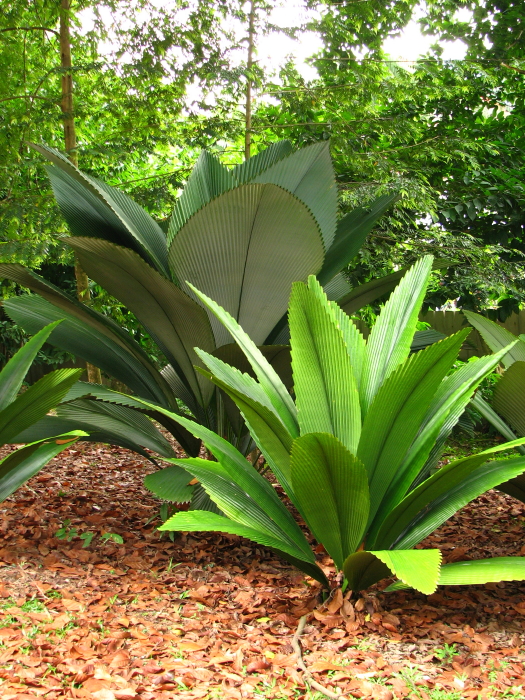Notes on the pollination ecology of the palm genus Johannesteijsmannia (Arecaceae)
DOI:
https://doi.org/10.26786/1920-7603(2011)19Abstract
The floral biology and flower visitors of the tropical palms Johannesteijsmannia altifrons, J. magnifica and J. perakensis were investigated. We combined the data from this study with published data of J. lanceolata to give an overview of the reproductive biology and pollination system of the genus. Anthesis peaks from 0500–1100 hrs when the inflorescences are visited mainly by flies, beetles and stingless bees (Trigona), the last are potential pollinators. The breeding system is facultative selfing, indicating the ability of the species to reproduce in the absence of pollinators or in isolation.

Downloads
Published
How to Cite
Issue
Section
License
Copyright (c) 2012 Yoke Mui Chan, Leng Guan Saw

This work is licensed under a Creative Commons Attribution 4.0 International License.











